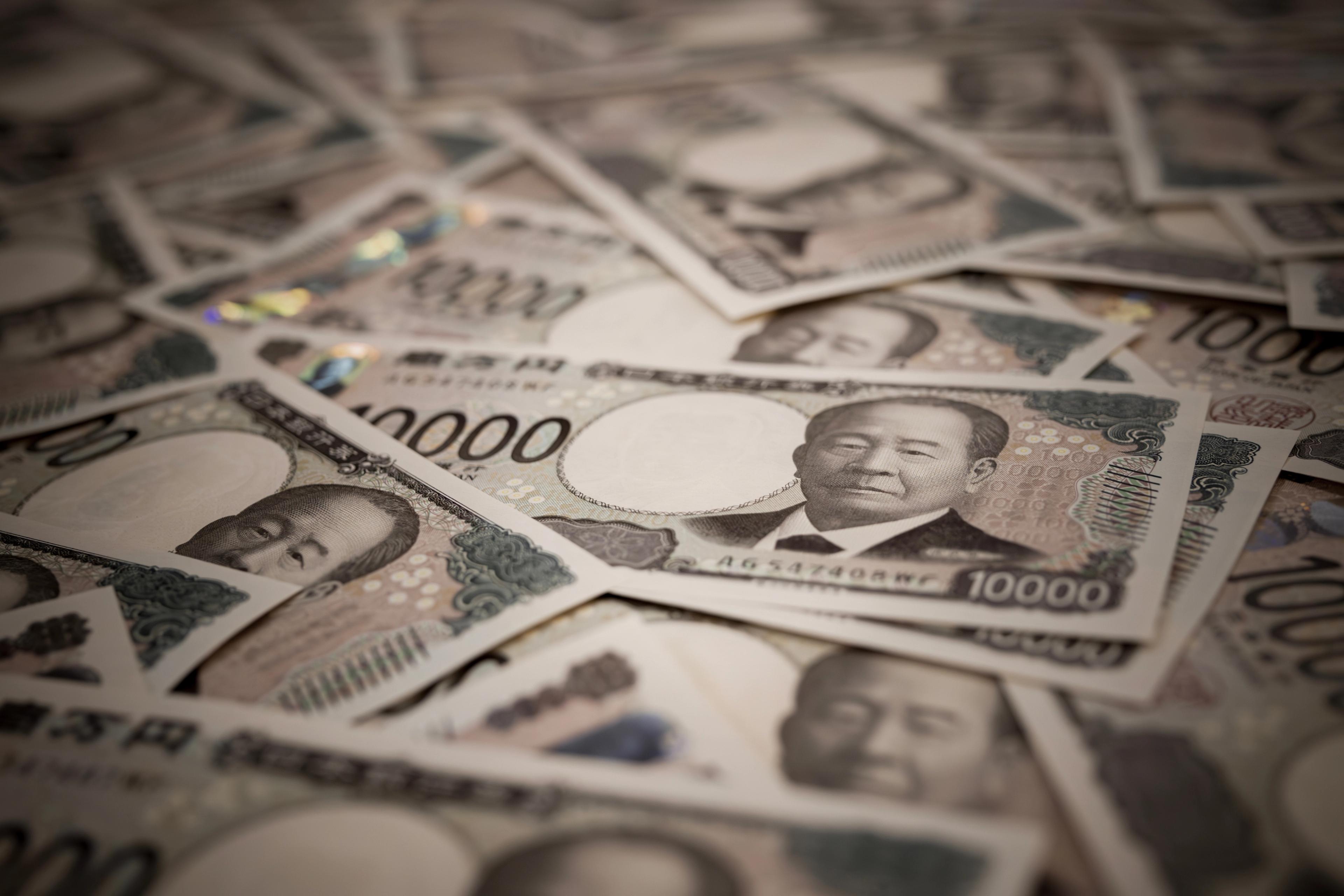Investing Insights

2025 Recap: A Look at What Drove the Markets This Year
Welcome to our weekly newsletter, where we summarise market activity over the past seven days.
Caution Over Interest Rate Cuts
Welcome to our weekly newsletter, where we summarise market activity over the past seven days.
Japan in Focus: New Leadership, Bold Budget
Welcome to our weekly newsletter, where we summarise market activity over the past seven days.
End of year outlook for markets
Last week’s highly anticipated UK Budget was well-received by markets, as the pound strengthened, major UK equities rose, and the cost of government borrowing fell.







